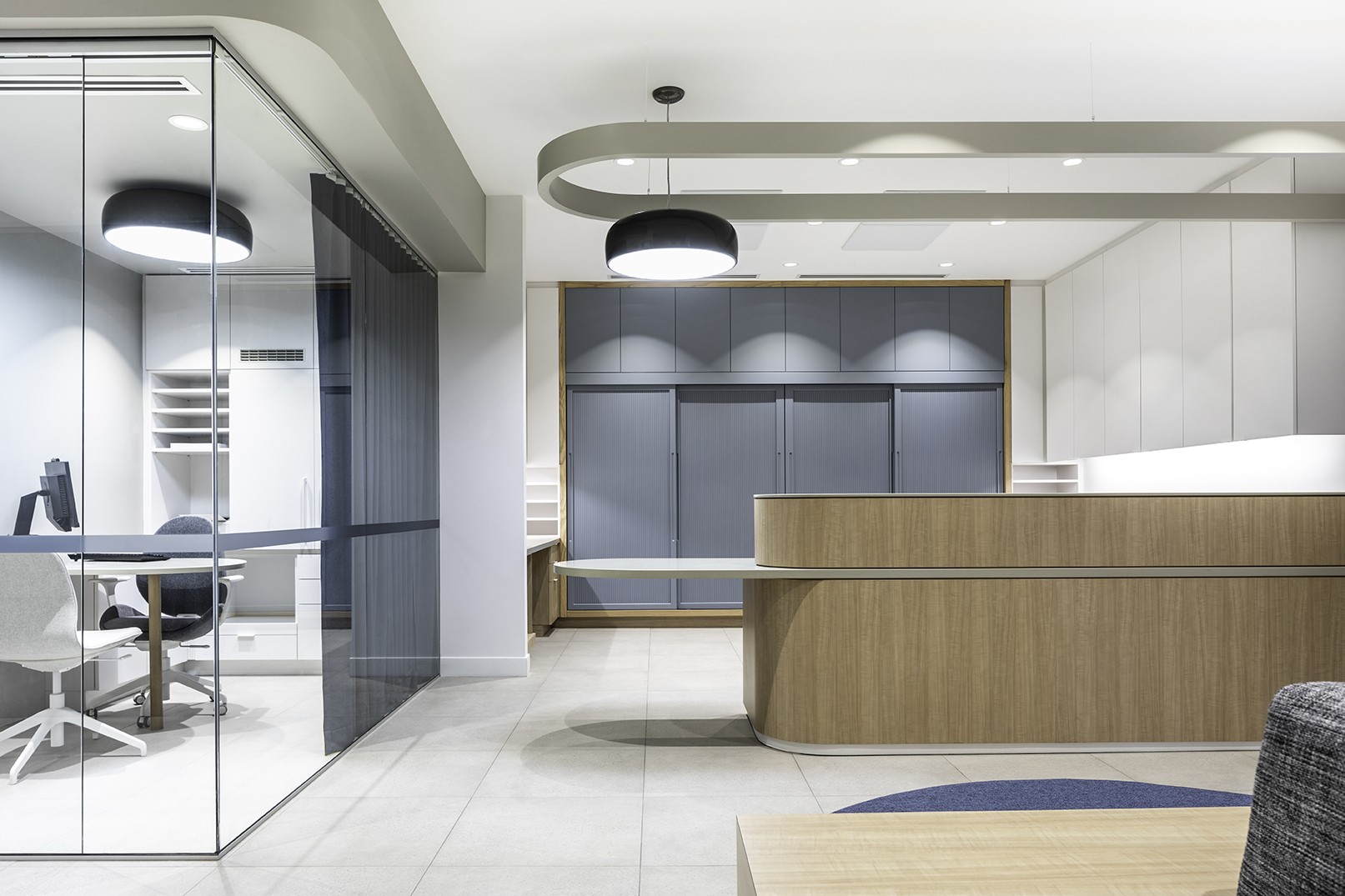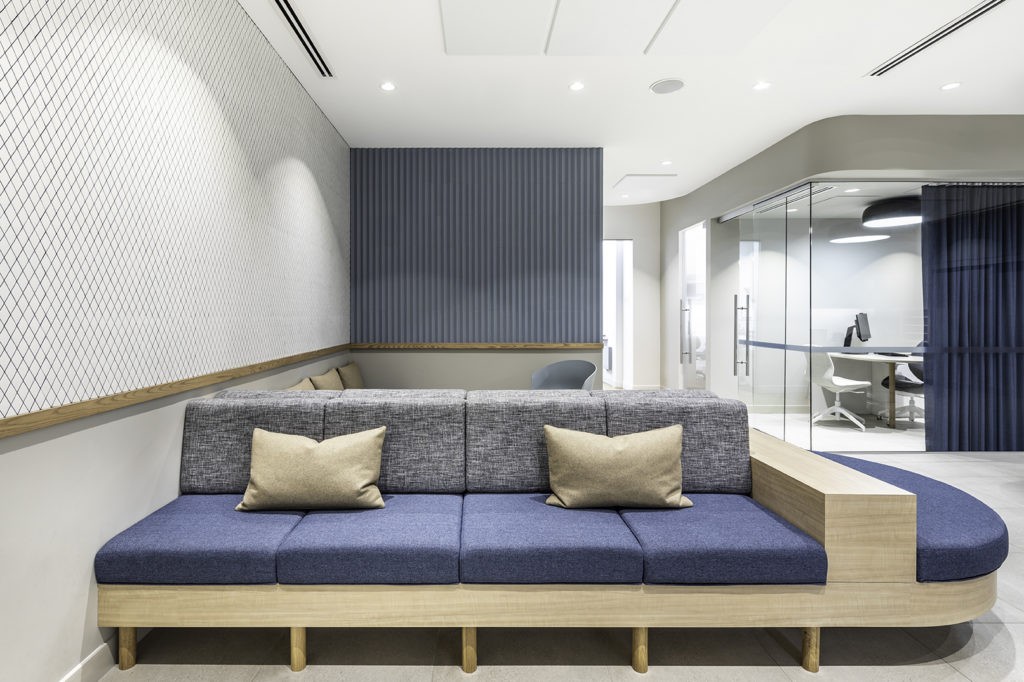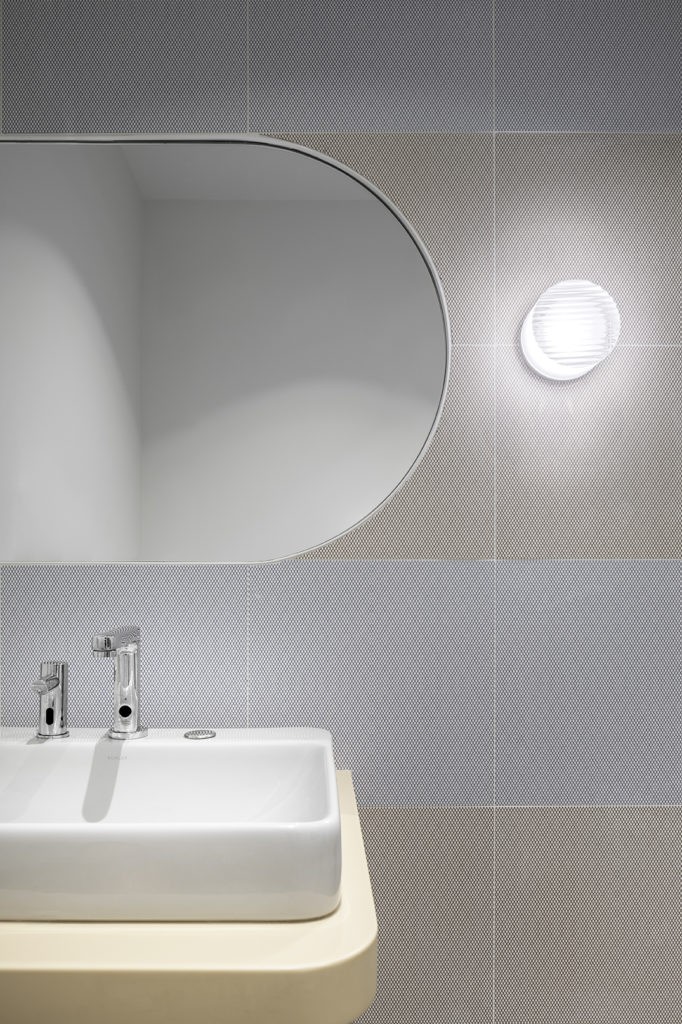3 Considerations for the Future of Healthcare Design
The COVID-19 pandemic is changing our world as we know it.
Industries from all sectors have been impacted as they work to adapt to the times, ensure the safety of their customers and satisfy new government protocols.
Healthcare, in particular, is at the top of people’s minds. As healthcare workers work heroically on the frontlines of the crisis, the system that supports them is quietly evolving in the background. To meet the needs of our new world, the healthcare industry is moving towards a more connected and collaborative framework of service that seeks to bring its focus directly to patients.
As part of the trickle effect, the strategy and design of healthcare environments will also have to evolve. In this journal entry we highlight the three key considerations interior designers must take into account when designing (or adapting the design of) a healthcare space to ensure that it meets the needs of the industry, and the people it supports.
1. The Demand for More Specialized Physical and Virtual Experiences
Even before social distancing was common practice, the healthcare industry was trending towards offering a variety of individual care choices on a physical and virtual level. This included things like telemedicine, urgent care, pharmaceutical and outpatient services, as well as specialty clinics and hospitals.
The reason for this upswing was people’s growing need for an experience that went beyond the patient room. A need likely inspired by technology advancements and the 24/7/365 customer service that has become industry standard on the consumer level (eg. retail, automotive, telecommunications, etc.)
To satisfy patient expectations, the interior design of a healthcare facility must place the patient in the centre and focus on convenience and ease of access.
Similarly, the demand for private spaces that can accommodate virtual consultations—while providing flexible workspaces for caregivers—will also increase. This means that considerations for private, tech-connected spaces will also need to be taken into account when designing a new healthcare environment, or adapting an existing one.
2. Healthcare Must Be Safe and Comfortable
Environment matters, especially when it comes to our health. Many studies support this claim, linking the physical space to areas like improved patient safety, reduced staff stress and fatigue, and enhancements in overall healthcare quality.
An often overlooked and vastly important factor that contributes to feelings of comfort and safety is sound. Or rather, lack thereof. As indicated in the World Health Organization’s Guidelines for Community Noise, sound is so impactful that it affects cognitive performance and contributes to stress and fatigue—if it exceeds a healthy level. As such, modern healthcare facility design must provide solutions to minimize noise. At Cutler, we employ noise cutting elements like carpet or rubber, acoustic insulation between rooms, and absorbent surfaces to ensure patients and staff feel safe and comfortable when in a space.
Additionally, the specification of innovative components such as bacteria resistant materials and furnishings aimed to promote and maintain safety is an equally integral part of healthcare design. Whereas light, natural in particular, can be used to make patients and staff feel relaxed and comfortable upon arrival.
3. The Trend towards Integrated Health Facilities and Specialized Services under One Roof
Prior to COVID-19, time was a top of mind factor for most of us. The fact that there never seemed to be enough of it, in particular. A residual side effect of the global lockdown was an influx of time; which afforded many the opportunity to reconnect with the things they maybe weren’t getting to previously.
A testament to the importance of time is the pre-crisis trend towards Integrated Healthcare Facilities. A trend we expect to continue to rise as things start to reopen and we adjust to the “new normal.”
By harmonizing healthcare services, these specialized spaces, at their core, are all about maximizing value for the patient. The biggest value being the fact that they’re a one-stop shop.
Moving towards a patient-centred system (like Integrated Health) that delivers high-value care demands a critical shift away from how healthcare facilities are currently designed. In integrated practices dedicated teams provide a full care system; working toward a common goal of maximizing patient outcomes with increased efficiency. As such, these spaces must provide healthcare workers with both formal and informal meeting areas where teams can convene, coordinate and review their various care approaches. This more efficient style of treatment results in better outcomes for patients, more effective services and added time for the people who utilize them. Results that can only be achieved upon the restructuring of the spaces where care is provided.
At Cutler, we help our clients meet the needs of theirs. If you have a healthcare project that you would like to discuss, we would love to hear from you. Times are changing. Together we can change them for the better.
Have a healthcare project that you would like to discuss?
Get in touch or give us a call 604.681.5050




